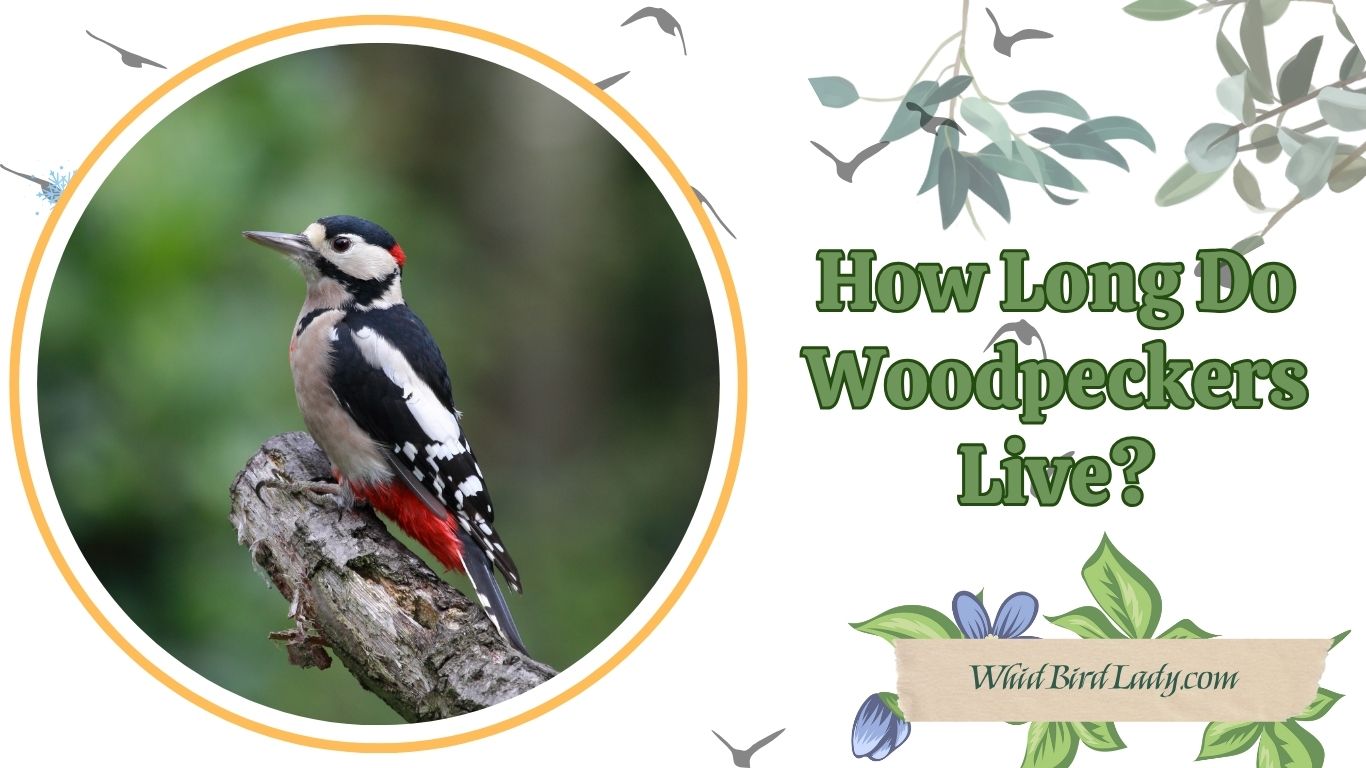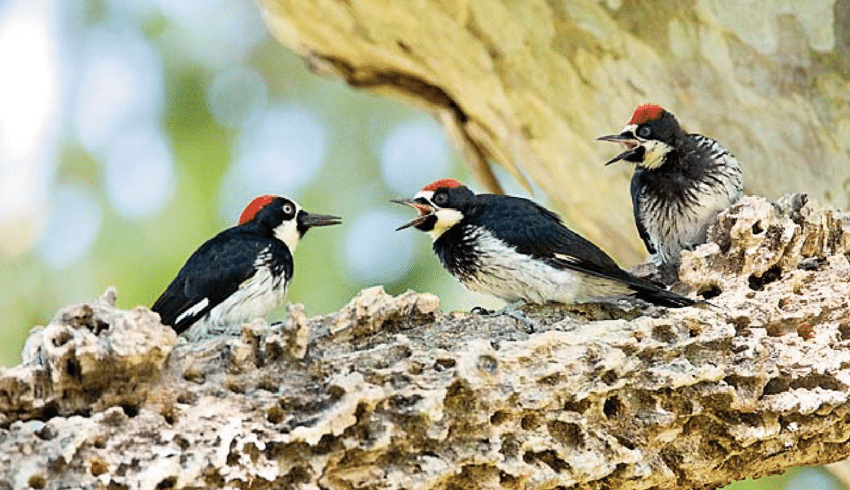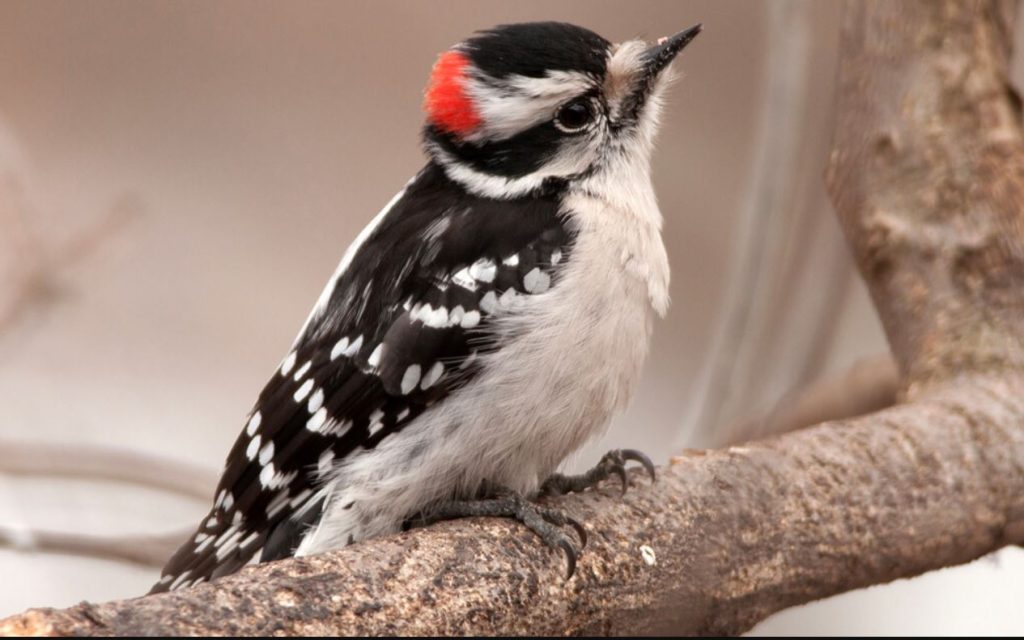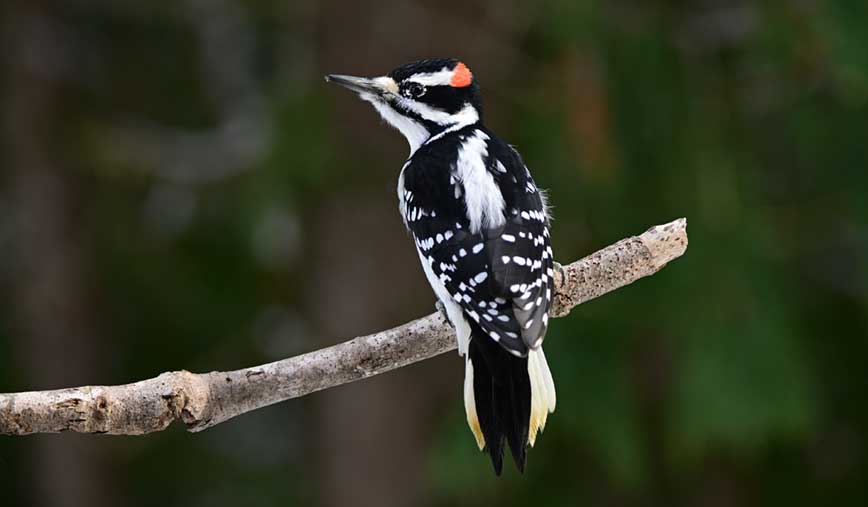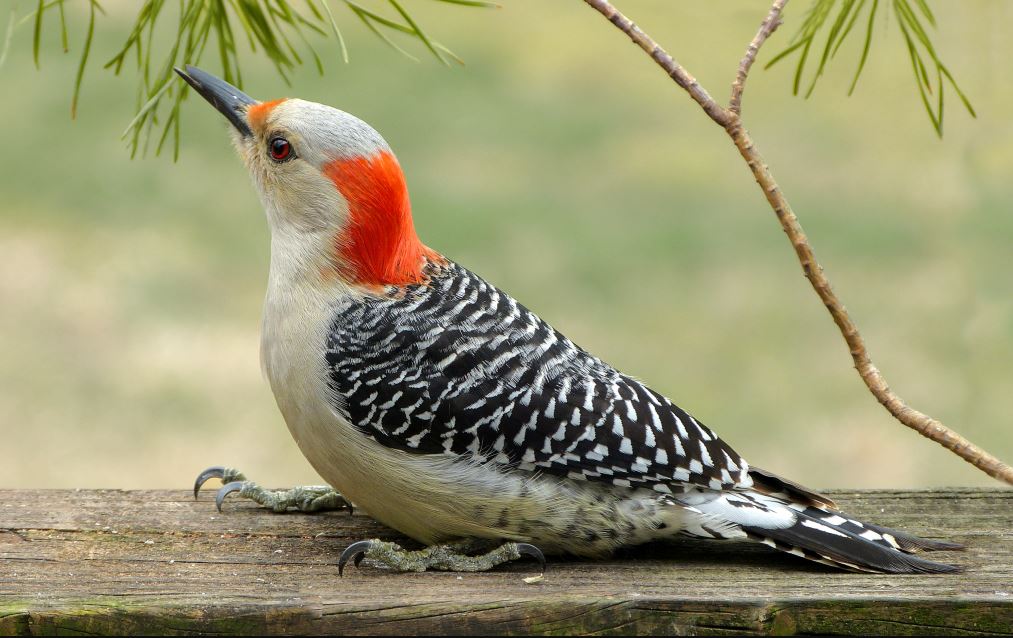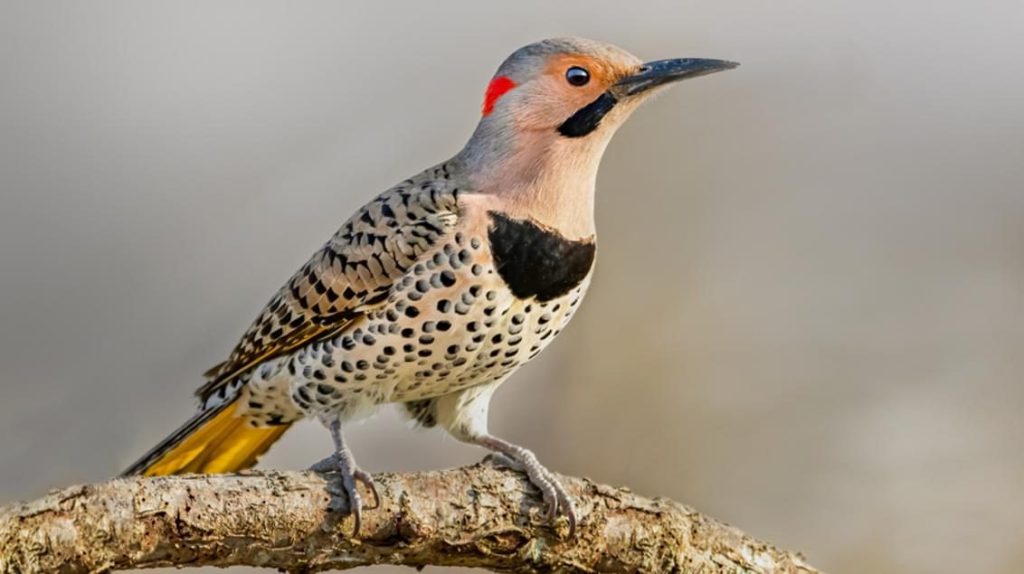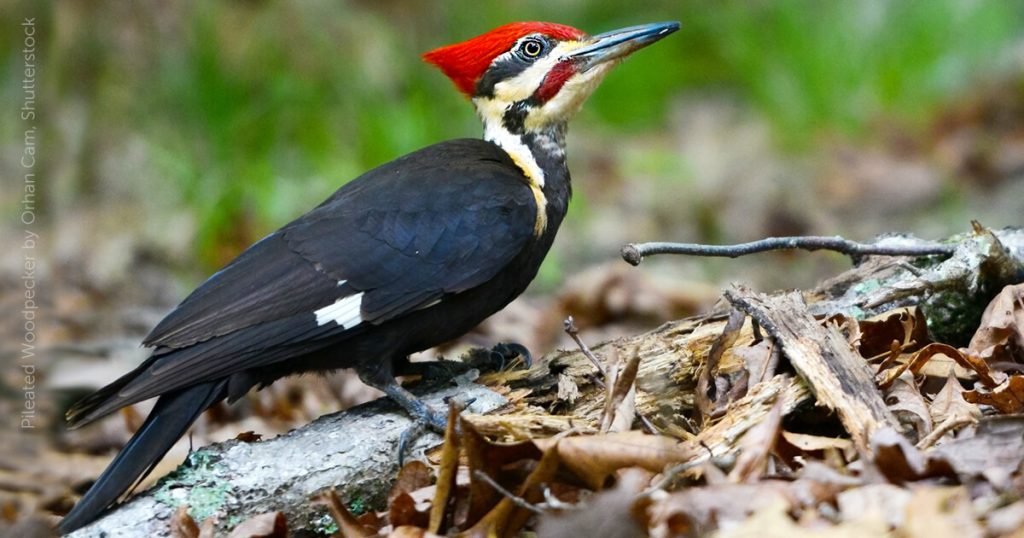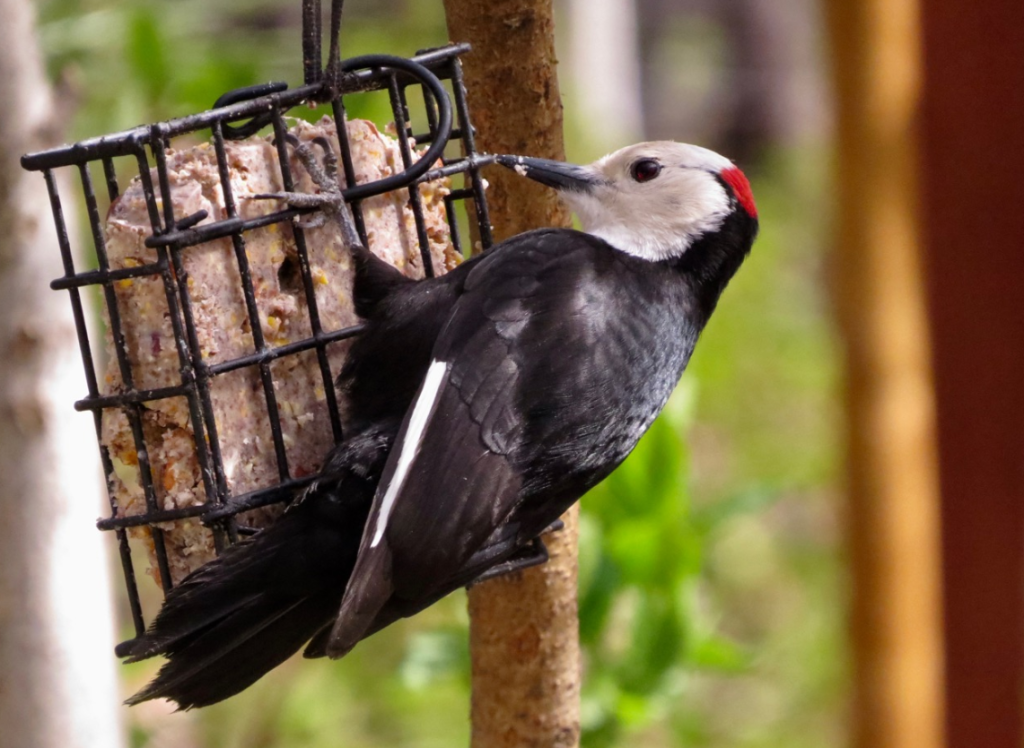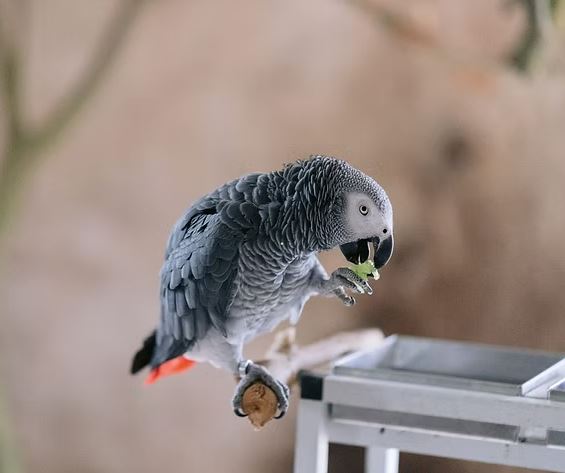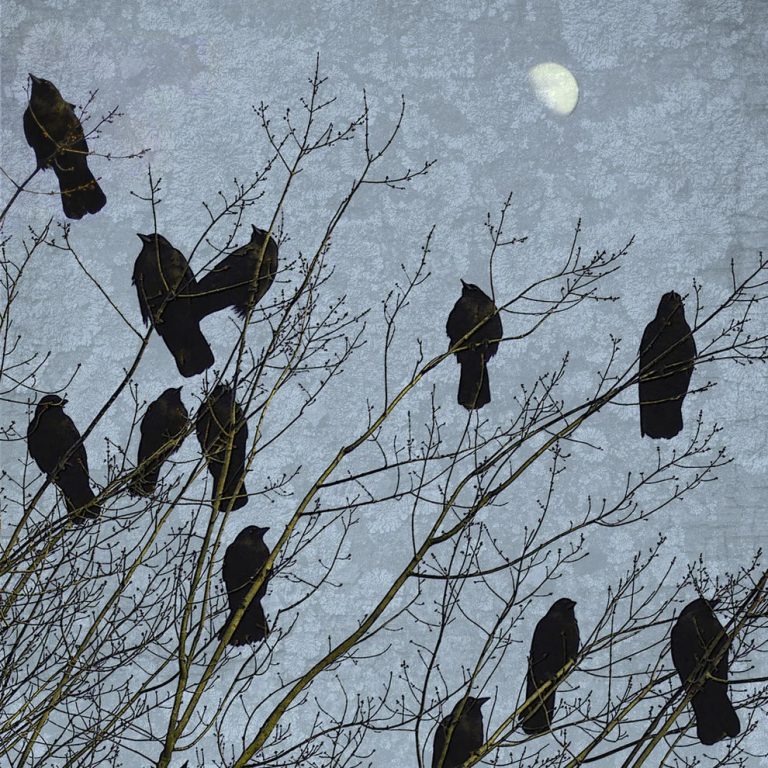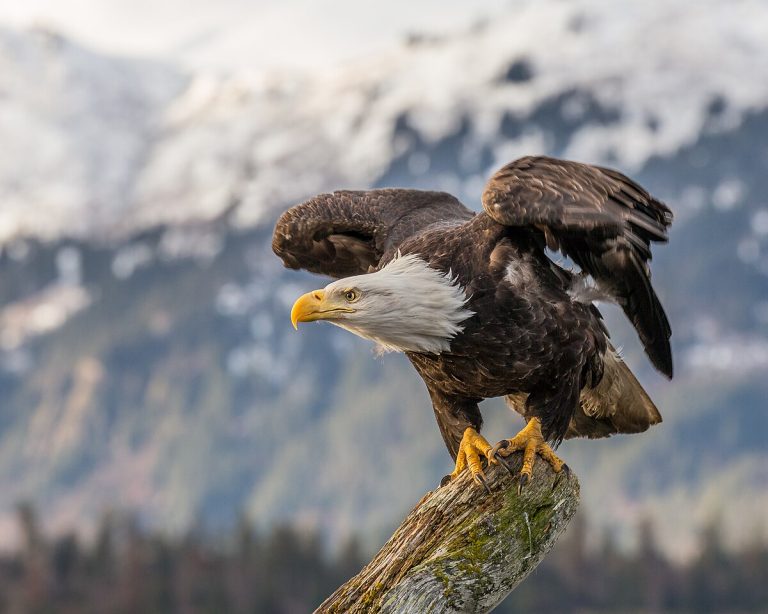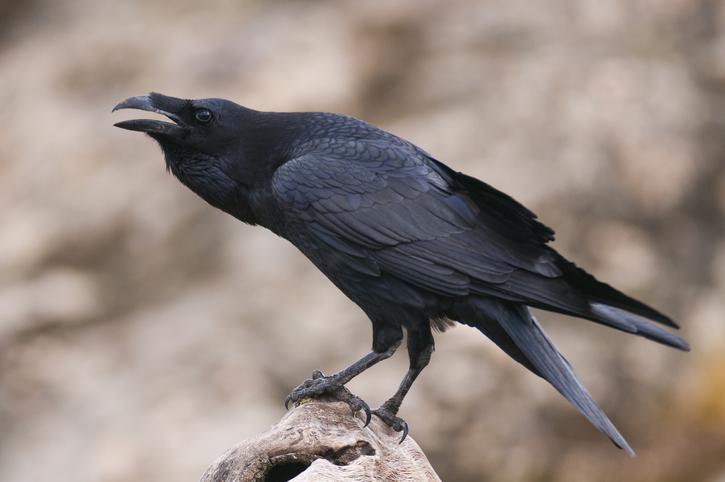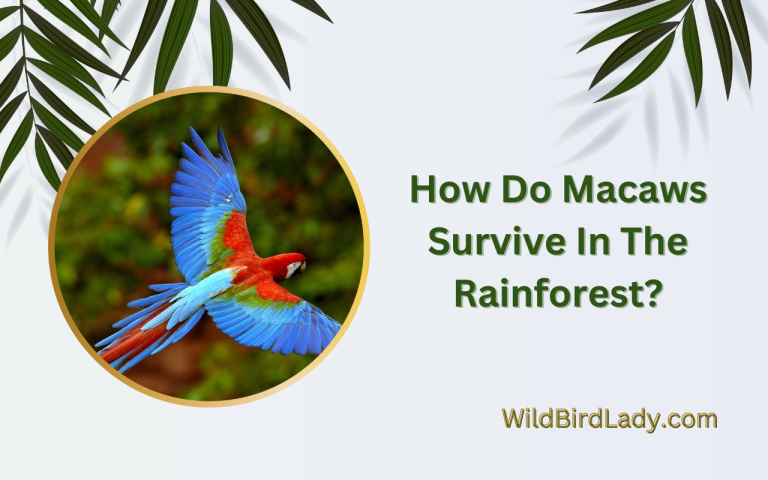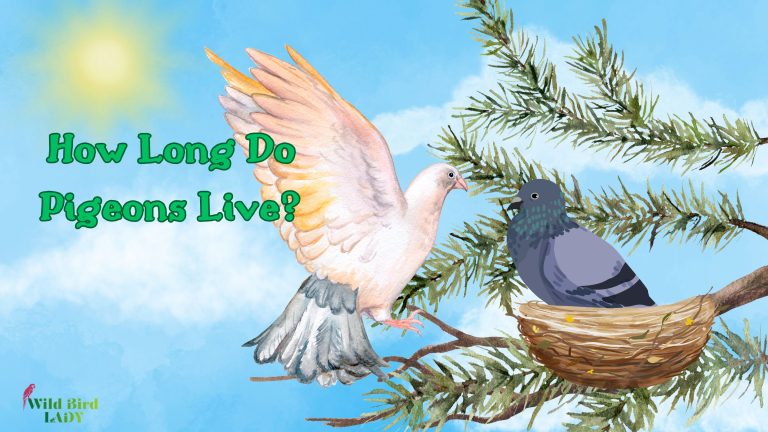How Long Do Woodpeckers Live? A Complete Guide to Their Lifespan and Survival
Woodpeckers are among the most fascinating birds in North America, known for their drumming behavior and tree-cavity nesting. But have you ever wondered—how long do woodpeckers live? Whether you’re a birdwatcher, backyard feeder enthusiast, or just a nature lover, understanding the lifespan of woodpeckers can deepen your appreciation for these industrious birds.
In this comprehensive guide, we’ll explore:
- The average lifespan of woodpeckers in the wild and captivity
- Differences in lifespan across species
- Factors that affect their survival
- How to help woodpeckers live longer in your area
Let’s dive in!
Average Woodpecker Lifespan: How Long Do Woodpeckers Live?
The lifespan of woodpeckers varies widely depending on species, habitat, and environmental factors. On average:
- Wild woodpeckers live 4 to 11 years
- Captive woodpeckers can live up to 20 years (though rare)
According to the Cornell Lab of Ornithology, many smaller woodpeckers, like the Downy Woodpecker, tend to have shorter lifespans, while larger species such as the Pileated Woodpecker often live longer, sometimes exceeding a decade in the wild if conditions are favorable.
Key Factors Influencing Lifespan:
- Predation risk
- Food availability
- Nesting success
- Human activity (habitat loss, window strikes, etc.)
- Weather extremes
Now, let’s break it down by species.
Lifespan of Common Woodpecker Species
1. Downy Woodpecker (Dryobates pubescens)
- Average lifespan in the wild: 3 to 5 years
- Record age: 11 years, 11 months (USGS Bird Banding Lab)
Downy Woodpeckers are the smallest woodpecker species in North America and among the most common. While their size makes them vulnerable to predators, their adaptability to backyard habitats gives them a decent shot at survival.
2. Hairy Woodpecker (Dryobates villosus)
- Average lifespan: 5 to 7 years
- Record age: 15 years, 11 months
Hairy Woodpeckers look similar to their smaller cousin, the Downy, but tend to live longer due to their larger size and stronger territory-holding behavior.
3. Red-bellied Woodpecker (Melanerpes carolinus)
- Average lifespan: 6 to 8 years
- Record age: 12 years, 1 month
These birds are frequent visitors to feeders and are commonly seen across the eastern U.S. Their bold nature and ability to adapt to suburban areas have helped them thrive.
4. Northern Flicker (Colaptes auratus)
- Average lifespan: 6 to 9 years
- Record age: 9 years, 2 months
Flickers are unique ground-feeding woodpeckers. While they face risks from ground predators, their strong migratory behavior can increase lifespan by avoiding harsh winters.
5. Pileated Woodpecker (Dryocopus pileatus)
- Average lifespan: 9 to 12 years
- Record age: Over 12 years
This crow-sized woodpecker is one of the longest-lived in the wild. Its strong flight, large territory, and tree-cavity nesting reduce many risks other birds face.
Why Do Some Woodpeckers Live Longer Than Others?
Several biological and environmental factors determine how long woodpeckers live. Here are the most influential ones:
1. Species Size
Larger birds often live longer. This is true for woodpeckers too. Species like the Pileated Woodpecker or Northern Flicker generally outlive smaller species like the Downy or Ladder-backed Woodpecker.
2. Habitat Quality
According to the U.S. Forest Service, woodpeckers thrive in mature forests with plenty of dead trees for foraging and nesting. Loss of such habitats due to logging or urbanization shortens lifespans.
3. Predators and Threats
Woodpeckers face threats from hawks, snakes, raccoons, and even domestic cats. Nestlings and fledglings are especially vulnerable.
A study published in The Condor found that predation is one of the leading causes of mortality in woodpecker chicks, especially in fragmented habitats.
4. Diet and Nutrition
Woodpeckers rely heavily on insects (especially beetle larvae), sap, nuts, and fruits. In winter, suet and seed feeders can be lifesavers. Poor diet = lower survival.
5. Climate and Weather
Cold snaps, hurricanes, and droughts can disrupt food sources and nesting success. Woodpeckers in stable climates tend to live longer.
Life Stages of a Woodpecker
To better understand the average woodpecker lifespan, let’s look at the stages they go through from egg to adult.
1. Egg Stage
- Typically 3 to 8 eggs per clutch
- Incubated for 11–14 days by both parents
- Laid in tree cavities or snags (dead standing trees)
2. Nestling Stage
- Hatchlings are altricial (born blind and featherless)
- Remain in the nest for about 18–30 days
- Fed constantly by both parents
3. Fledgling Stage
- Leave the nest but still depend on parents for a few weeks
- High mortality risk during this time
4. Juvenile to Adult
- Reach sexual maturity at 1 year
- Territory establishment and successful nesting play a major role in survival
What Reduces Woodpecker Lifespan?
Despite their adaptive traits, many woodpeckers die young—especially within their first year. Here’s why:
1. Window Collisions
According to the American Bird Conservancy, up to a billion birds die in the U.S. every year from window strikes. Woodpeckers, especially territorial males, are frequent victims.
2. Vehicle Collisions
Roadside foraging or low flight across highways poses risks, particularly for Northern Flickers and Red-headed Woodpeckers.
3. Habitat Destruction
Clearing dead trees and stumps removes crucial nesting and feeding grounds. Without nesting cavities, reproduction fails.
4. Pesticide Use
Pesticides reduce insect availability and poison woodpeckers indirectly through the food chain. Avoiding pesticides in your yard can save bird lives.
How to Help Woodpeckers Live Longer
As someone who’s spent over 13 years observing woodpeckers in the wild and in backyards, I can tell you firsthand: helping these birds live longer doesn’t require expert-level knowledge—just a bit of awareness and intention. Woodpeckers need three essential things to thrive: reliable food sources, safe shelter, and a hazard-free environment. By providing those, you can make a real difference in their survival.
Here are some effective, practical ways to support woodpeckers in your area:
1. Install a Suet Feeder
Woodpeckers are insectivores by nature, and they especially crave high-fat, high-protein foods like suet. This is crucial in winter when insects are scarce. Use suet feeders made from wire cages that allow woodpeckers to cling vertically, mimicking their natural feeding posture. Avoid suet blocks that contain artificial additives or corn syrup, which can harm birds over time. For an extra boost, try peanut butter blends or insect-enriched suet cakes.
2. Preserve Dead Trees (Snags)
While many homeowners see dead trees as eyesores, woodpeckers view them as prime real estate. These snags provide essential nesting cavities, roosting spots, and insect-rich foraging grounds. If a dead tree on your property isn’t posing a safety risk, consider leaving it intact or trimming only the unstable limbs. According to the U.S. Forest Service, leaving just one snag can support an entire community of cavity-nesting birds.
3. Add Nesting Boxes
In areas where natural cavities are scarce—often due to logging or heavy urbanization—nesting boxes can fill the gap. Choose a box design tailored to your local species, as hole diameter and interior dimensions vary between Downy, Red-bellied, and Pileated Woodpeckers. Mount boxes on trees or poles at appropriate heights (usually 6–20 feet), and place some wood chips inside to encourage excavation behavior.
4. Avoid Pesticides
Pesticides not only kill the insects woodpeckers rely on—they can also poison the birds indirectly through contaminated prey. To help woodpeckers live longer, embrace organic gardening practices. Plant insect-attracting flowers, reduce lawn chemical use, and allow leaf litter and logs to decompose naturally, providing habitat for grubs and beetle larvae.
5. Use Bird-Safe Windows
One of the leading causes of accidental bird deaths is window collisions, especially during the breeding season when territorial males attack their own reflection. Applying UV-reflective decals, screens, or bird tape can greatly reduce this risk. You can also place feeders either within 3 feet of a window (so birds don’t gain fatal momentum) or more than 30 feet away.
6. Plant Native Trees and Shrubs
Woodpeckers are drawn to native trees like oak, pine, birch, hickory, and beech—not just for food, but also for drumming, shelter, and insect hunting. Native trees support a more diverse insect population, giving woodpeckers year-round foraging opportunities. Shrubs and understory plants also help by supporting caterpillars, ants, and beetles that make up a large part of the woodpecker’s diet.
Woodpeckers in Captivity: Do They Live Longer?
While not commonly kept as pets due to their specialized needs and legal protections, some woodpeckers in zoos or rehabilitation centers live longer lives. With veterinary care, steady food supplies, and no predators, they may reach 15 to 20 years.
However, the Migratory Bird Treaty Act protects almost all native woodpeckers in the U.S., making it illegal to keep or harm them without special permits.
Frequently Asked Questions (FAQ)
Q: What is the oldest recorded woodpecker?
The oldest known wild woodpecker was a Hairy Woodpecker that lived nearly 16 years, as documented by the USGS Bird Banding Lab.
Q: Do male or female woodpeckers live longer?
There’s limited data showing a significant difference, though both sexes face similar risks. Some studies suggest males may live slightly longer due to territorial advantages.
Q: Are woodpeckers endangered?
Most are not, but some species like the Red-cockaded Woodpecker are federally listed as endangered due to habitat loss. Conservation efforts are ongoing.
Q: How do woodpeckers avoid brain damage when drumming?
Their skulls have shock-absorbing adaptations, and their brains are tightly packed to prevent sloshing. Learn more in this Smithsonian Magazine article.
Final Thoughts
So, how long do woodpeckers live? The answer depends on many factors, from species size to human interference. While some woodpeckers barely make it past a year, others can thrive for over a decade in the wild—especially when given the right conditions.
If you care about birds, you can make a real difference. Plant trees, avoid pesticides, and keep your windows bird-friendly. Small actions can help woodpeckers in your neighborhood not only survive—but thrive.

